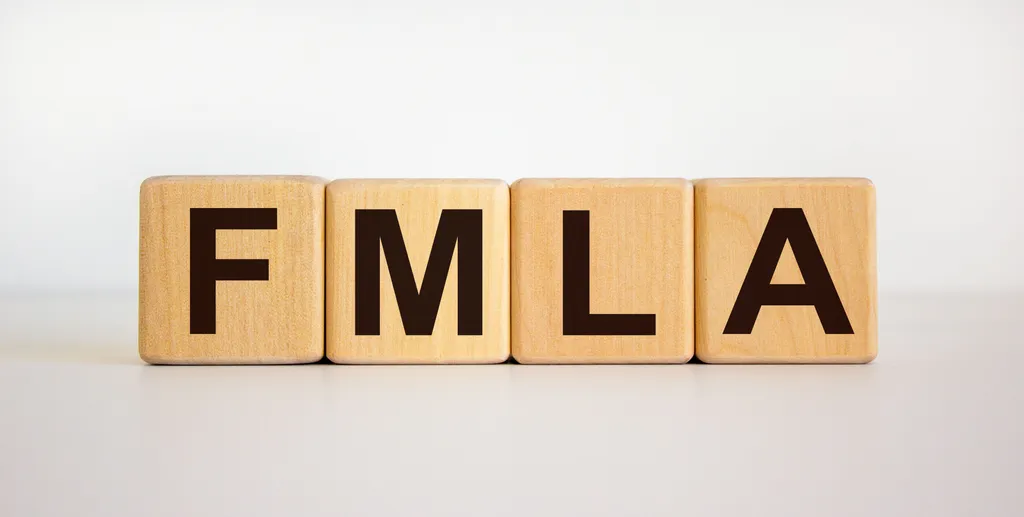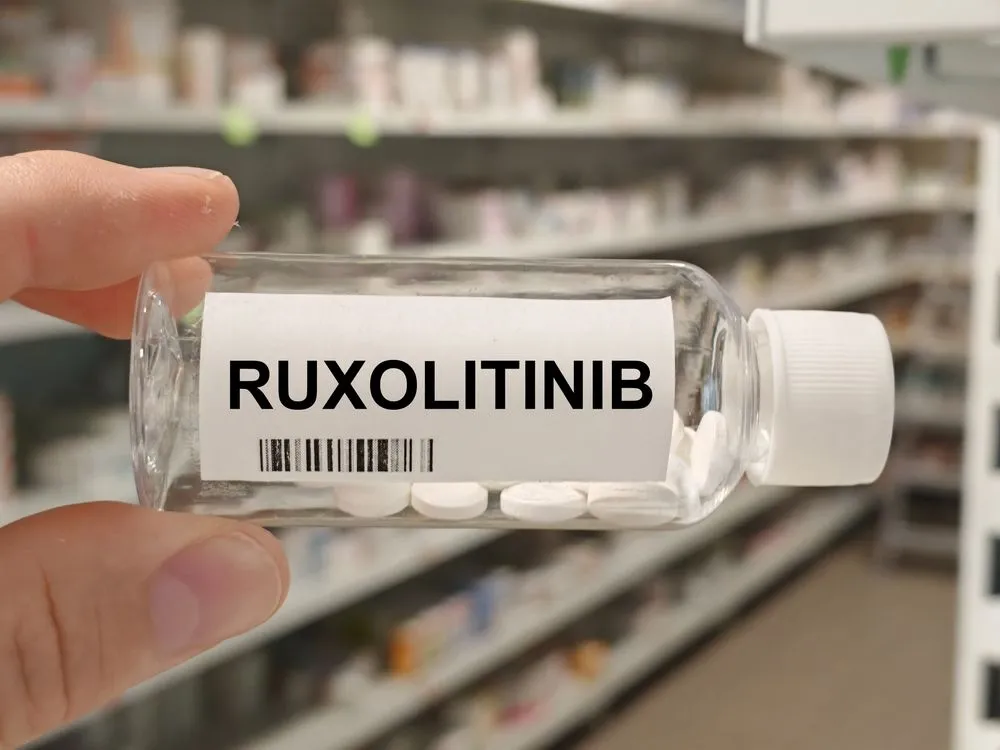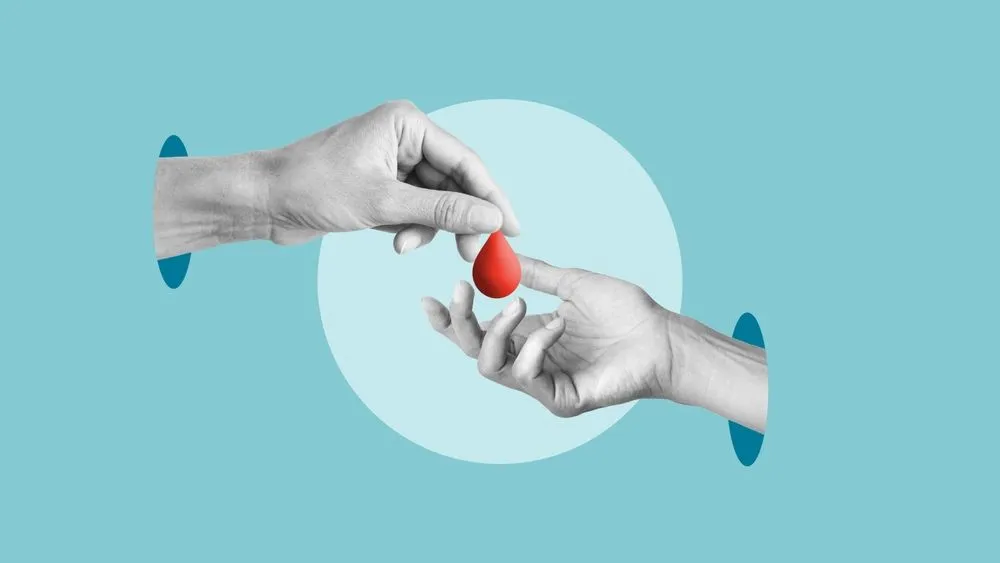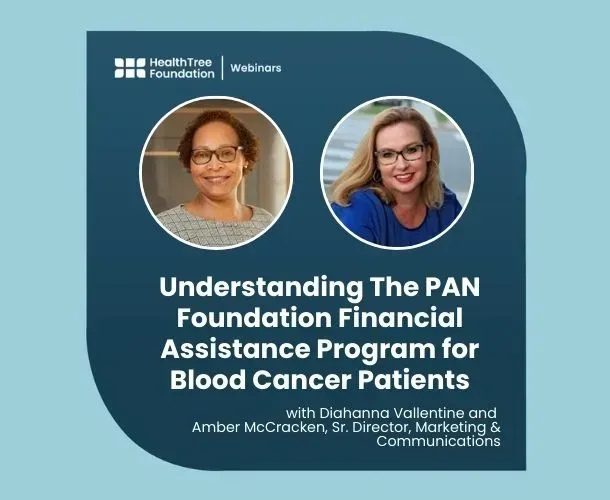The Link Between Epstein-Barr Virus and Hodgkin Lymphoma
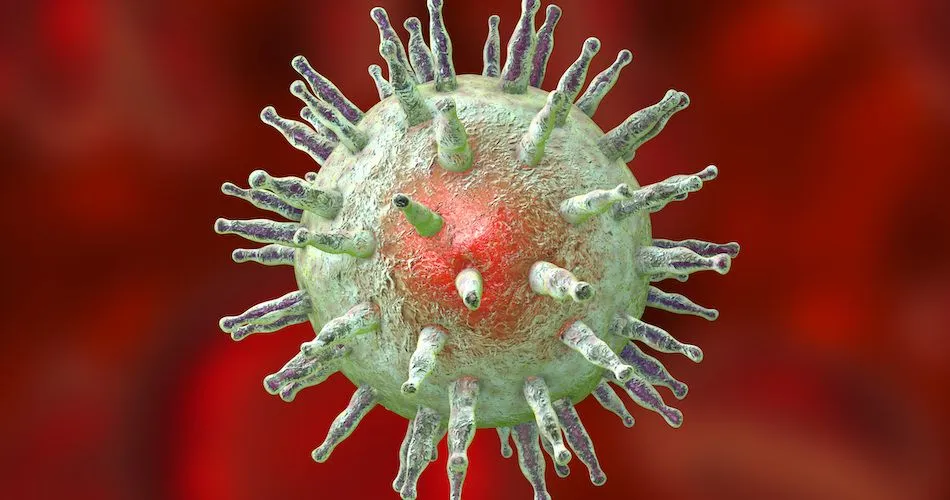
The Epstein-Barr virus (EBV) has been found in up to 40% of Hodgkin lymphoma cases. However, not everyone with EBV develops Hodgkin lymphoma, and many patients do not have EBV in their tumor cells. Learn more about EBV’s connection to Hodgkin lymphoma below.
What Is the Epstein-Barr Virus (EBV)?
EBV is a common virus in the herpes family. It spreads through bodily fluids, such as saliva, and remains dormant in the body for life. The virus can reactivate at any time, sometimes causing symptoms similar to the flu.
Common Symptoms of EBV:
- Sore throat
- Fatigue
- Fever
- Swollen lymph nodes
- Rash
- Enlarged spleen or liver
How Does EBV Contribute to Hodgkin Lymphoma?
EBV can alter the immune system, creating an environment that helps lymphoma cells grow. The virus attaches to specific proteins, LMP1 and LMP2A, which help infected cells survive longer than normal. This can contribute to the development of Hodgkin lymphoma.
Research has shown that EBV DNA is often found in the tumor cells of Hodgkin lymphoma, particularly in Reed-Sternberg cells, which are the hallmark of the disease. Studies indicate that Hodgkin lymphoma linked to EBV infection has an average incubation period of about 4.1 years, with the highest risk occurring around 2.4 years after an EBV-related illness such as mononucleosis.
What is the Prognosis for EBV-Positive Hodgkin Lymphoma Patients?
- 3-Year Survival Rate: 90.5%
- 5-Year Survival Rate: 85.3%
Looking Forward
Research on EBV’s role in Hodgkin lymphoma has provided valuable insights that are shaping new treatment strategies. Understanding this connection helps guide targeted therapies aimed at improving patient outcomes.
Continue Reading Hodgkin Lymphoma News
Sources:
The Epstein-Barr virus (EBV) has been found in up to 40% of Hodgkin lymphoma cases. However, not everyone with EBV develops Hodgkin lymphoma, and many patients do not have EBV in their tumor cells. Learn more about EBV’s connection to Hodgkin lymphoma below.
What Is the Epstein-Barr Virus (EBV)?
EBV is a common virus in the herpes family. It spreads through bodily fluids, such as saliva, and remains dormant in the body for life. The virus can reactivate at any time, sometimes causing symptoms similar to the flu.
Common Symptoms of EBV:
- Sore throat
- Fatigue
- Fever
- Swollen lymph nodes
- Rash
- Enlarged spleen or liver
How Does EBV Contribute to Hodgkin Lymphoma?
EBV can alter the immune system, creating an environment that helps lymphoma cells grow. The virus attaches to specific proteins, LMP1 and LMP2A, which help infected cells survive longer than normal. This can contribute to the development of Hodgkin lymphoma.
Research has shown that EBV DNA is often found in the tumor cells of Hodgkin lymphoma, particularly in Reed-Sternberg cells, which are the hallmark of the disease. Studies indicate that Hodgkin lymphoma linked to EBV infection has an average incubation period of about 4.1 years, with the highest risk occurring around 2.4 years after an EBV-related illness such as mononucleosis.
What is the Prognosis for EBV-Positive Hodgkin Lymphoma Patients?
- 3-Year Survival Rate: 90.5%
- 5-Year Survival Rate: 85.3%
Looking Forward
Research on EBV’s role in Hodgkin lymphoma has provided valuable insights that are shaping new treatment strategies. Understanding this connection helps guide targeted therapies aimed at improving patient outcomes.
Continue Reading Hodgkin Lymphoma News
Sources:

about the author
Lisa Foster
Lisa Foster is a mom of 3 daughters and 1 perfect grandchild, a puzzle lover, writer and HealthTree advocate. She believes in the mission of the foundation and the team that builds it forward. She calls Houston, Texas home.
More on Navigating Your Health
Trending Articles
Get the Latest Blood Cancer Updates, Delivered to You.
By subscribing to the HealthTree newsletter, you'll receive the latest research, treatment updates, and expert insights to help you navigate your health.
Together we care.
Together we cure.
3x Faster.


